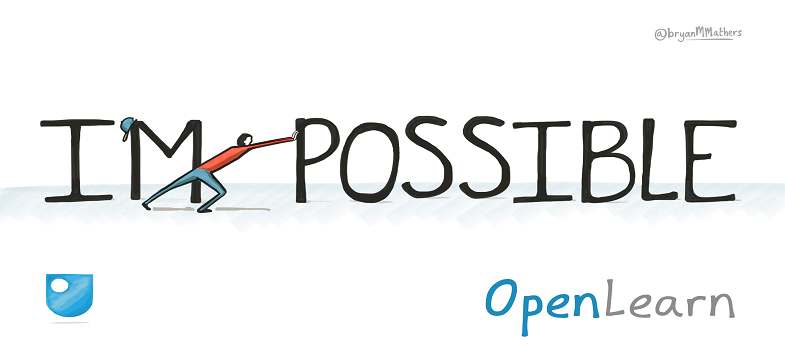6.2 Formative and summative assessment
Formative assessment is used as a way of checking understanding during the learning process – it usually involves feedback which concentrates on the content of an answer or how well the learner performed in an activity, and aims to help improve their learning and understanding. In an open online environment where there might be no tutor available to give feedback, formative assessment activities have to be carefully designed to provide some supportive feedback which will help the learner review what they’ve done and if necessary go back and study the materials again or consider the topic from a different perspective.
Well-crafted online course content interspersed with activities which provide feedback can offer learners a degree of responsiveness about their progress even if it isn’t one-to-one personal feedback. Questionnaire and quiz tools can be used successfully to provide this kind of informal feedback even though quizzes are normally associated with ‘grades’.
According to Nicol and Macfarlane-Dick (2006) [Tip: hold Ctrl and click a link to open it in a new tab. (Hide tip)] , there are seven principles of good practice feedback: these include clarifying good performance (goals, criteria, expected standards), facilitating development of self-assessment and providing good quality information about learning to the learners. The principles also include encouraging positive motivation and self-esteem and providing learners with opportunities to improve their own performance. For courses involving interaction with teachers and peers, good feedback practice also means encouraging teacher and peer dialogue about learning and provides teachers with information about the learners which they can use to shape subsequent teaching. All of these can be achieved with a well designed open online course and assessment strategy.
Summative assessment is used to measure the outcome of studying a course and provide a grade which can be used to determine whether a person has ‘passed’ a standard. It can be spaced throughout a course at the end of each section or placed at the end of a course.
It is usually difficult, in the informal learning online situation, to be able to verify that the learner is who they say they are – on most platforms there is no identity test to check that they are not just getting another person to complete the online assessment activities for them. So there is an element of trust in providing online assessment activities which count towards some kind of informal recognition of achievement. It is not like an examination with an invigilator, often used in formal face to face education settings where identity can be checked and learners are observed while they answer the questions. If this is an issue for a course you are creating, you may need to consider the feasibility of hosting a face-to-face examination or using some form of online authentication method for learners to prove their identity and to verify they don’t have someone helping them answer the assessment.
In open online courses, summative assessment is often used to count towards or be the main criteria for a digital badge and/or course completion. A well-constructed quiz covering material from the whole course is one method of conducting summative assessment in this situation, a pass grade can be set and the learner can also receive feedback, which often isn’t offered in a formal summative assessment setting.
6.1 Why assess an open online course?
